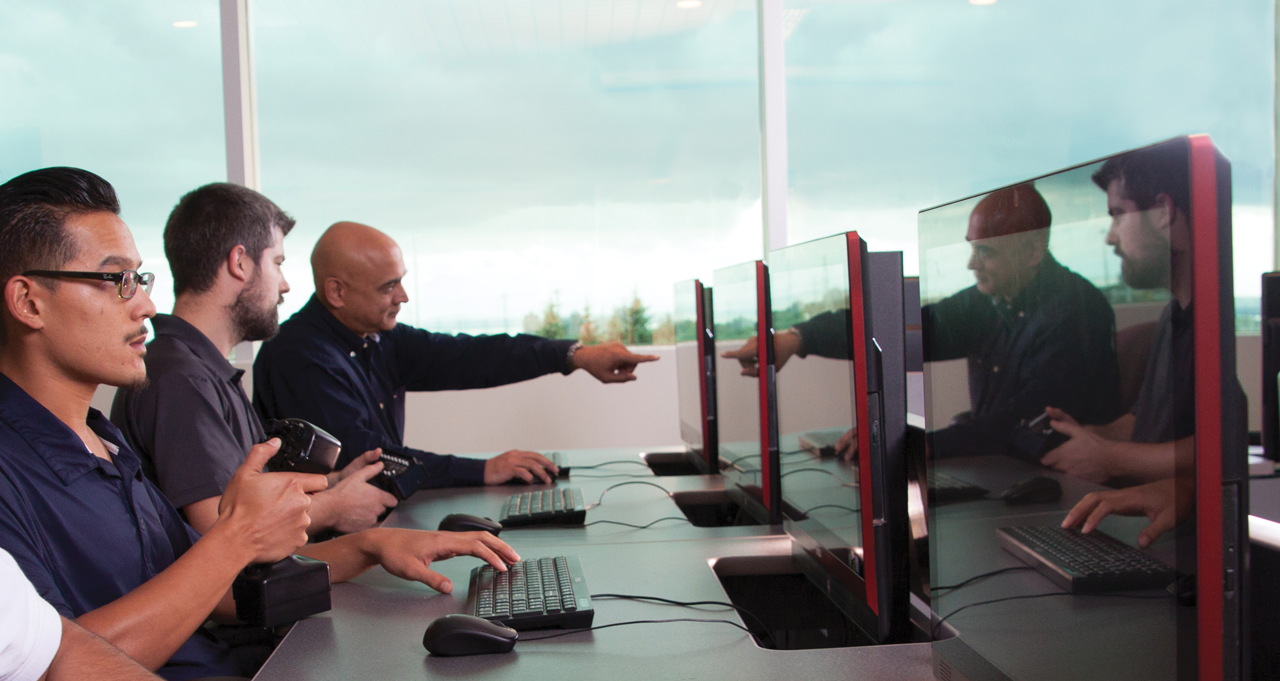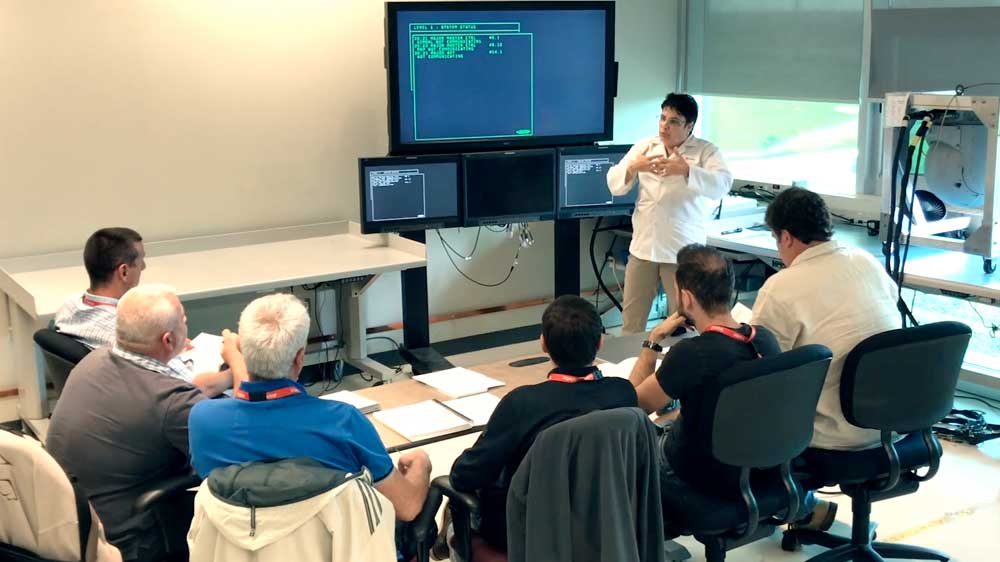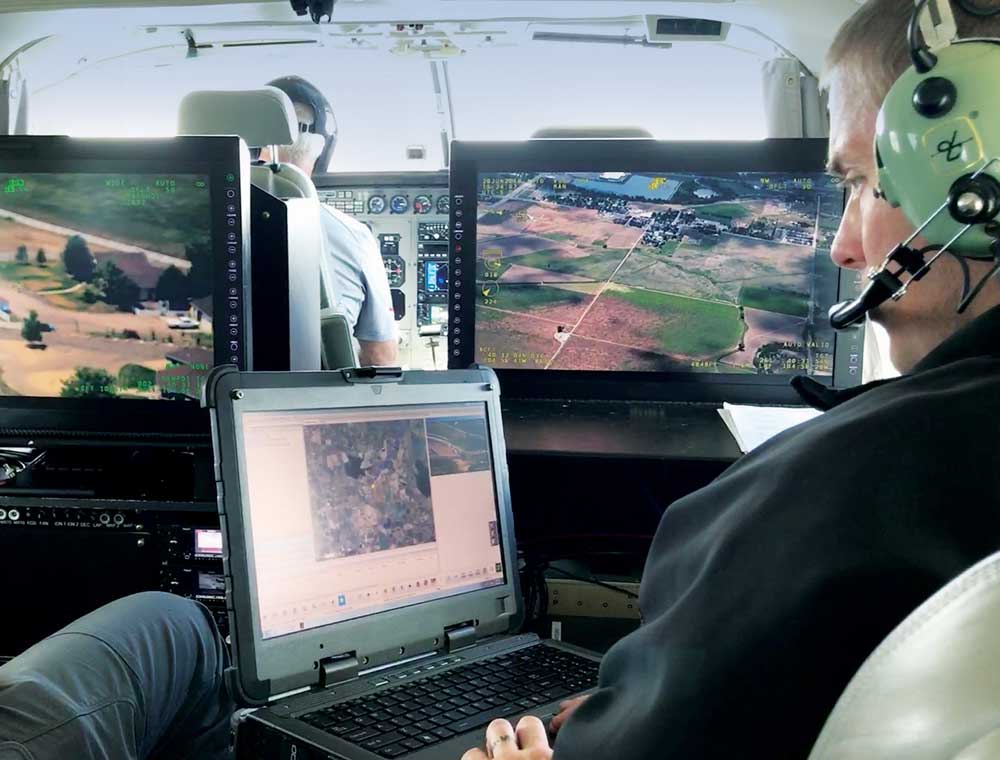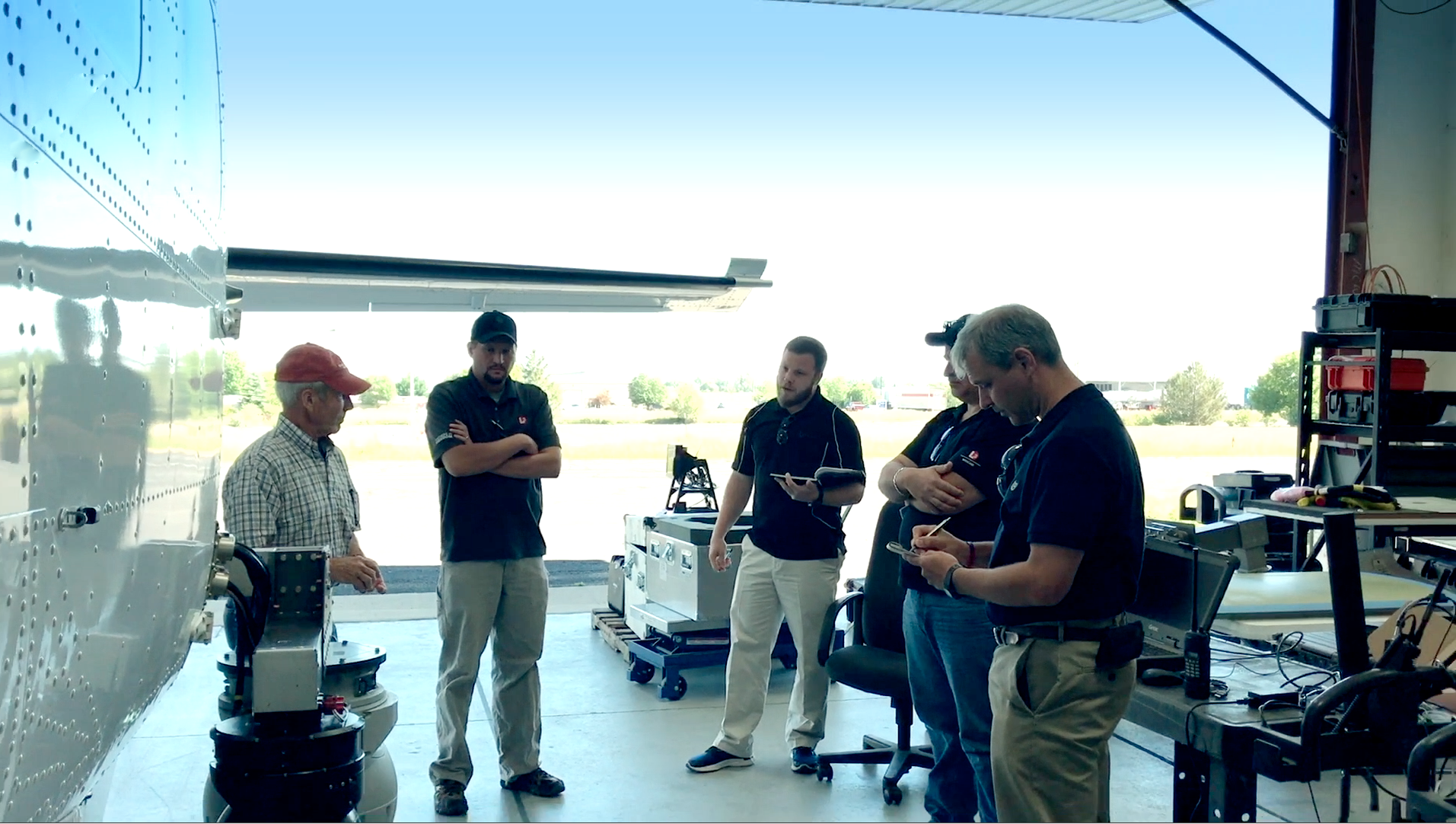Trainers with real-world experience and knowledge give guidance to the operators if they have difficulty with a task that they are trying to complete. This expert advice can help them perform the task correctly and safely.
“Being in my role, managing an air operations group, flight safety is a main consideration. This type of training helps an operator to feel more comfortable with how they're operating the WESCAM MX sensor. It increases their efficiency, which relieves some of the workload for the operator. This in turn, allows them to participate further in crew resource management practices and be further invested in the mission at hand,” explains Gordon. “When you have a flight crew where everybody's invested in what's going on, everybody has a little bit more to give to the mission - because they're comfortable in their role - safety of flight increases, and that's paramount.
Reinforcement around simple things like crew coordination language, where specific terminology is common for a particular unit or company, affects every mission they fly. In the small group environment, the benefit of having open dialogue means that trainers can proactively address any deficiencies by optimizing the training curriculum and focusing on areas that need improvement.
“In-flight you can see from day one the operator who is new and who is experiencing WESCAM MX operation for the first time. They are wide-eyed and overwhelmed,” explains McCormick. “As the class goes on and we've flown more, they've learned more, and they've had more experience, they're calm, they're relaxed, and they're more effective. When you have that person who is calm and composed, and able to achieve their objectives quickly, the rest automatically falls into place and they become a more effective part of the flight crew.”




